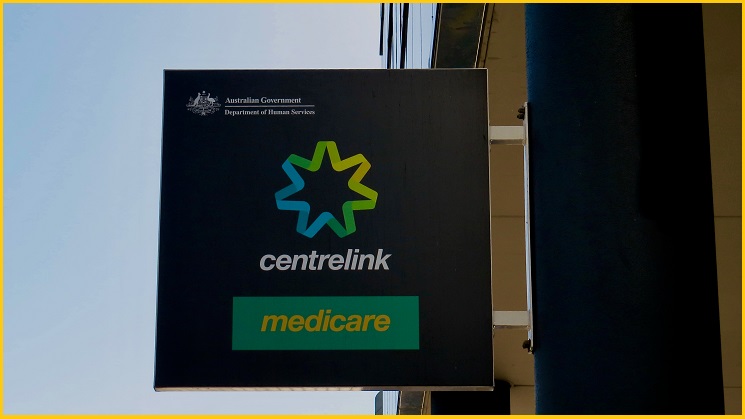The Royal Commission into the Robodebt Scheme began this week with an initial hearing held in Brisbane on Tuesday to reiterate the scope and function of the Commission that will report its findings early next year.
Run by former Chief Justice of the Queensland Supreme Court, Catherine Holmes, the Royal Commission seeks to gain greater insight into the system which used a flawed methodology to automatically sent debt recovery notices to already vulnerable Australians.
Tuesday’s hearing involved Holmes and her Counsel Assisting Justin Greggery reading pre-prepared statements that set the stage for next month’s first two-week long public hearing.
“A good deal is known about how the Robodebt Scheme operated, but not much has been revealed about why; about what advice or consultation or reasoning or response to criticism was occurring behind the scenes at any stage,” Holmes said.
The Commissioner called for public submissions to be made through the Royal Commission’s website.
“This was a difficult, stressful time in the lives of thousands of people who were told they had debts to pay,” she said.
“I understand that many just won’t want to revisit the experience, but submissions by those who are prepared to describe what happened in their case will be very helpful indeed in establishing the detail and the human impact of what occurred.”
History of Robodebt
Holmes’s statement was followed by Greggery who provided a history of the scheme, beginning in 1991 with Centrelink gaining the ability to crossmatch data with the Australian Tax Office.
The income averaging and debt recovery aspect of Robodebt wasn’t new, as Greggery explained, but the process for discovering and raising a debt used to involve “direct human oversight by compliance officers according to the processes established within Centrelink”.
Automatic crossmatching of data between Centrelink and the ATO began in 2011 under Julia Gillard’s government.
Every day, that system would check and flag potential discrepancies which would crucially be reviewed by compliance officers who could use “Centrelink's statutory powers to obtain evidence from employers and other sources to sufficiently and therefore validly raise a debt”.
In 2015, the Department of Human Services proposed a new, fully automated, debt recovery system that would forego human oversight and automatically send debt notices to welfare recipients – this would come to be colloquially known as Robodebt.
That proposal was sent to the office of former Prime Minister Scott Morrison, who was Social Services Minister at the time.
A trial program soon got underway with the scheme being implemented at the start of the 2016-17 financial year, by which point Morrison had become Treasurer and Christian Porter had picked up the Social Services portfolio.
Government ignored warnings
Groups like the Australian Council for Social Services (ACOSS) issued repeated warnings to Porter’s office about Robodebt’s lack of human oversight and the fact it reversed “the onus of proof onto people receiving payments" calling for the system to be stopped.
Those warnings fell on deaf ears and the scheme continued for nearly three more years, issuing automated debt notices to welfare recipients, some of whom later committed acts of self-harm and suicide.
In November 2019, the Department of Human Services finally put an end to Robodebt.
Six months later, the department said it would issue $721 million worth of refunds to people affected by the scheme and cancel nearly $400 million in debts automatically raised by income averaging.
A Federal Court ruling last year described Robodebt as a “massive failure of public administration” and hit the government with a $1.8 billion settlement.
The scheme has been used as an example of the need for greater ethics considerations when implementing scalable automated decision-making systems.
The Royal Commission into Robodebt will hear from witness at its first public hearing on 31 October.










